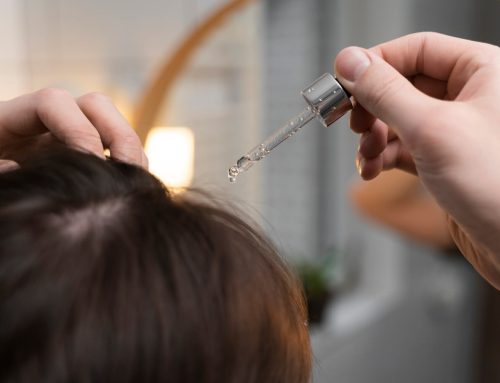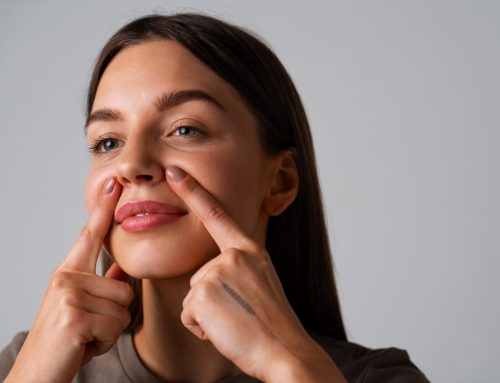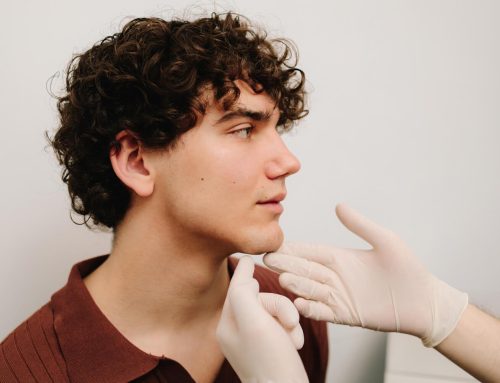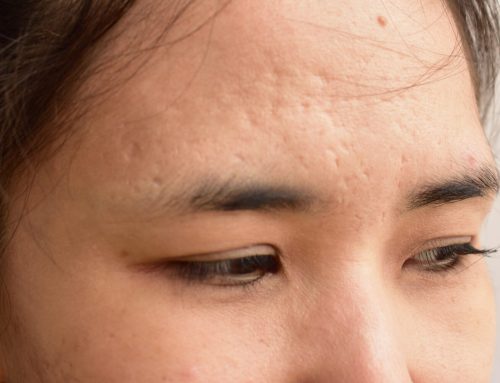After the age of 30, some small changes of the natural ageing process begin, and a frequent reason for consultation is tired eyes and dark circles under the eyes.
Patients do not know how to differentiate between dark circles under the eyes and bags under the eyes, and these can often be genetic. Also, each type of dark circles under the eyes is treated differently.
There are 3 types of dark circles under the eyes and depending on the type we can differentiate the treatment:
- When there are palpebral bags in the lower eyelids, the only solution is extraction surgery (external or transconjunctival blepharoplasty).
- If it is a dark circles due to skin pigmentation, this may be of genetic or vascular origin. The solution in this case is very limited as the treatments aimed at lightening the eyelid skin will not be 100% effective and will only lighten the skin by 1 or 2 tones (peeling, laser).
- Dark circles due to volume deficit are caused by a lowering or hollowing of the middle third and deepening of the nasojugal sulcus. In this case we can replace the volume with hyaluronic acid in 2 planes.
Treatments
The success of the treatment depends on the type of dark circles. All treatments have a variable duration, and only surgery has a long-term result:
- Blepharoplasty: this is the surgery performed for the rejuvenation of the eyes, we will focus on the lower one. This procedure can be performed under local anaesthesia, local anaesthesia and sedation. It can also be performed transconjunctivally (through the conjunctiva without a scar) and externally, where we can perform a skin pinch and resect the redundant skin. The surgeon will determine the appropriate technique. Similarly, the surgery consists of removing only the redundant portion of the eyelid bags (internal, middle and external). This type of fat is a supporting and protective tissue of the eyeball, which is why it cannot be removed in excess.
- Skin treatments to improve pigmentation: peelings can be performed exclusively for the skin under the eyes, according to the protocol a minimum of 3 sessions are required with intervals of 15-20 days, with this treatment only 1-2 tones can be lightened, Q-Switched laser is to improve pigmentation, it can be performed at low power 1-3 sessions every 30 days avoiding the sun as much as possible, carboxytherapy will improve vascular perfusion and can slightly improve skin tone, it also includes several sessions depending on the case.
- Hyaluronic acid filler treatment: depending on the volume deficit, various types of hyaluronic acid can be used. If the lack of volume is in the middle third, the volume can be slightly repositioned in this area with a more cross-linked acid; if the deficit is in the nasojugal and lacrimal folds, a product exclusively for this area should be used.
For each type of treatment, an initial assessment by the medical expert is important, the recovery and social reincorporation time is also important to take into account, as the 3 treatments require different care.



